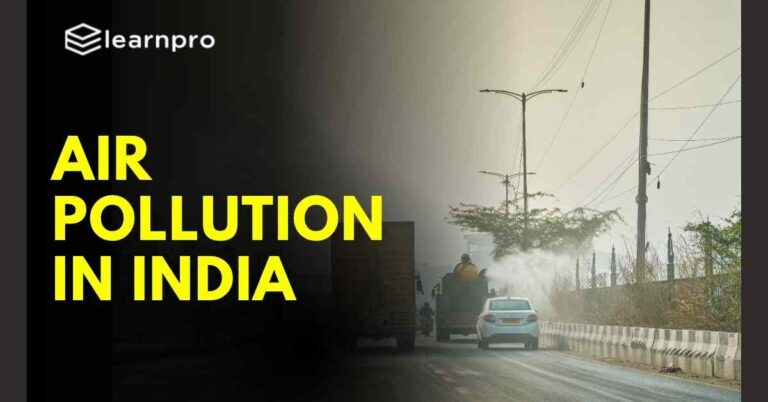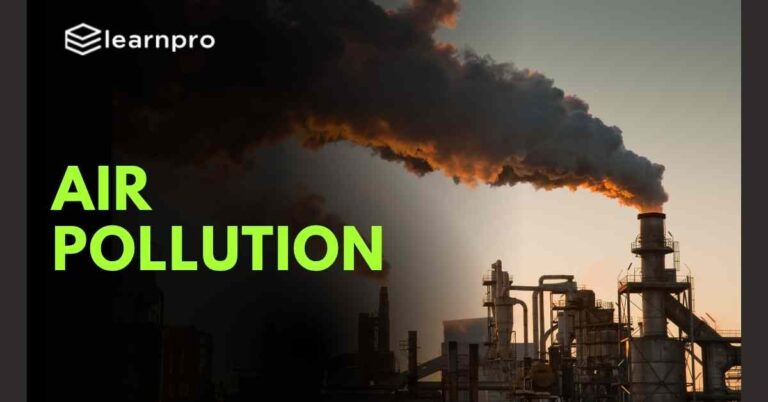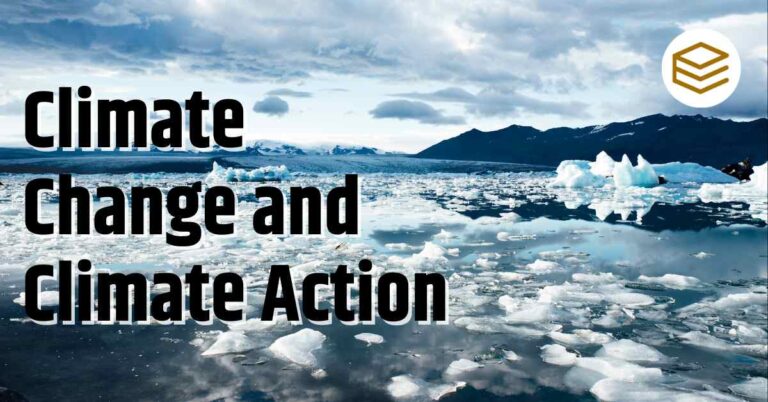December 8, 2025 3:27 pm
Introduction
Adopted by all 193 United Nations Member States in September 2015, the 2030 Agenda for Sustainable Development serves as a global blueprint to achieve peace, prosperity, and sustainability for people and the planet. This transformative agenda builds on the Millennium Development Goals (MDGs) and outlines 17 Sustainable Development Goals (SDGs) and 169 associated targets, aiming to eradicate poverty, reduce inequality, and combat climate change by 2030. The agenda emphasizes inclusivity, universality, and the interconnectedness of social, economic, and environmental dimensions of development.
Key Features of the 2030 Agenda
1. Universality
- Applicable to all countries, regardless of economic status, ensuring that no one is left behind.
- Recognizes that global challenges require collective action and shared responsibilities.
2. Integration
- Combines the three dimensions of sustainable development: social, economic, and environmental.
- Promotes an interconnected approach where progress in one area influences others, e.g., achieving gender equality (Goal 5) can enhance economic growth (Goal 8) and reduce inequalities (Goal 10).
3. People-Centered Approach
- Prioritizes eradicating poverty and hunger while promoting health, education, and social well-being.
- Emphasizes the dignity and rights of marginalized groups, ensuring inclusivity.
4. Partnerships
- Encourages collaborative efforts among governments, businesses, civil society, and individuals to mobilize resources and share knowledge.
Pillars of the 2030 Agenda
The agenda rests on five key pillars, also known as the 5 Ps:
| Pillar | Description |
|---|---|
| People | End poverty and hunger in all forms, ensuring dignity and equality for all. |
| Planet | Protect the environment and combat climate change for sustainable resource use. |
| Prosperity | Foster economic, social, and technological progress in harmony with nature. |
| Peace | Promote peaceful, just, and inclusive societies free from fear and violence. |
| Partnership | Strengthen global solidarity and collaboration across all levels of society. |
17 Sustainable Development Goals (SDGs)
The SDGs, central to the 2030 Agenda, provide a detailed framework for action. Here is a summarized list:
| Goal | Description |
|---|---|
| 1. No Poverty | Eradicate extreme poverty for all people everywhere. |
| 2. Zero Hunger | End hunger, achieve food security, and promote sustainable agriculture. |
| 3. Good Health and Well-being | Ensure healthy lives and promote well-being for all ages. |
| 4. Quality Education | Ensure inclusive and equitable quality education and lifelong learning opportunities for all. |
| 5. Gender Equality | Achieve gender equality and empower all women and girls. |
| 6. Clean Water and Sanitation | Ensure availability and sustainable management of water and sanitation for all. |
| 7. Affordable and Clean Energy | Ensure access to affordable, reliable, and sustainable energy for all. |
| 8. Decent Work and Economic Growth | Promote inclusive and sustainable economic growth, employment, and decent work for all. |
| 9. Industry, Innovation, and Infrastructure | Build resilient infrastructure and foster innovation. |
| 10. Reduced Inequalities | Reduce inequality within and among countries. |
| 11. Sustainable Cities and Communities | Make cities inclusive, safe, and resilient. |
| 12. Responsible Consumption and Production | Ensure sustainable consumption and production patterns. |
| 13. Climate Action | Take urgent action to combat climate change and its impacts. |
| 14. Life Below Water | Conserve and sustainably use oceans, seas, and marine resources. |
| 15. Life on Land | Protect, restore, and promote sustainable use of terrestrial ecosystems and halt biodiversity loss. |
| 16. Peace, Justice, and Strong Institutions | Promote peaceful and inclusive societies and access to justice for all. |
| 17. Partnerships for the Goals | Strengthen the means of implementation and global partnerships for sustainable development. |
Implementation Strategies
1. National Action Plans
- Member States are encouraged to integrate the SDGs into their national policies and strategies.
- For example, India implemented the NITI Aayog SDG Index to track regional progress.
2. Data-Driven Monitoring
- The Global Indicator Framework, comprising 231 indicators, monitors progress toward the 169 targets of the SDGs.
- Annual reports, such as the Sustainable Development Goals Report, provide updates on global achievements and gaps.
3. Financing Sustainable Development
- The Addis Ababa Action Agenda outlines financial strategies for achieving the SDGs, emphasizing public-private partnerships and innovative financing models.
- It is estimated that achieving the SDGs will require an investment of $5-7 trillion annually, with significant contributions from both domestic and international sources.
Progress and Challenges
Progress
- Poverty Reduction: Between 2015 and 2020, global poverty rates fell, although progress slowed due to the COVID-19 pandemic.
- Renewable Energy Growth: The share of renewables in global energy consumption has steadily increased, contributing to Goal 7 (Affordable and Clean Energy).
Challenges
- Climate Change: Global temperatures continue to rise, threatening the achievement of Goal 13 (Climate Action).
- Inequalities: Disparities in income, education, and healthcare persist, particularly in low-income countries.
- Pandemic Impacts: COVID-19 reversed years of progress in areas such as education, health, and economic growth.
Role of Global Partnerships
The 2030 Agenda underscores the importance of Goal 17 (Partnerships for the Goals):
- Collaboration: Governments, businesses, and civil society must work together to mobilize resources and expertise.
- Technology Transfer: Promoting innovation through shared knowledge and technological advancements.
- Capacity Building: Supporting developing countries in implementing sustainable development strategies.
Case Studies
1. Climate Action in Europe
- The European Union has pledged to become carbon-neutral by 2050, aligning with Goal 13.
- Initiatives like the European Green Deal aim to reduce emissions and promote renewable energy.
2. Gender Equality in Rwanda
- Rwanda has implemented policies that ensure 61% parliamentary representation for women, advancing Goal 5 (Gender Equality).
3. Urban Sustainability in Singapore
- Singapore’s Smart Nation Initiative integrates technology to make urban living more efficient, addressing Goal 11 (Sustainable Cities).
Conclusion
The 2030 Agenda for Sustainable Development is a bold and transformative vision that seeks to create a more equitable, prosperous, and sustainable world. While significant progress has been made, achieving the SDGs requires continued commitment, innovative solutions, and global solidarity. By addressing systemic challenges and fostering inclusive development, the world can realize the aspirations of the 2030 Agenda and secure a better future for all.






[…] Goals (SDGs) are a set of 17 global goals established by the United Nations in 2015 as part of the 2030 Agenda for Sustainable Development. They serve as a universal call to action to eradicate poverty, protect the planet, and ensure […]